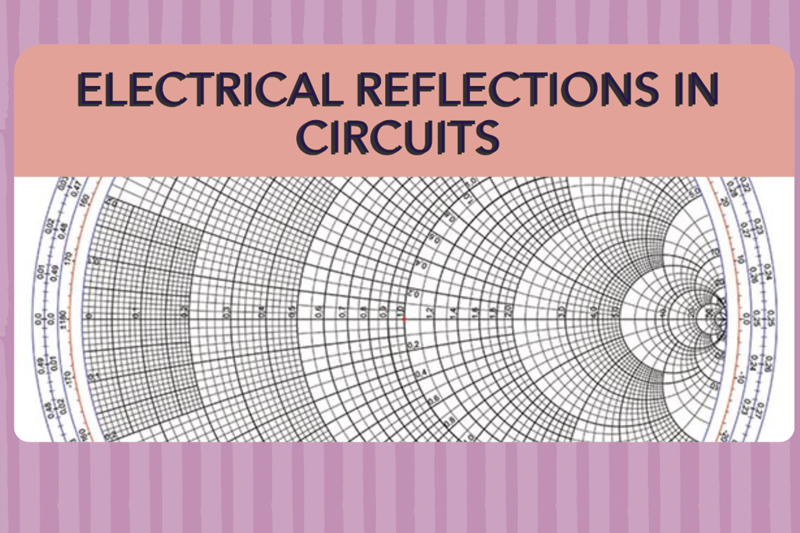

John Hayhurst, Electrical Tutor at City Skills SCC, provides a guide to navigating electrical reflections in circuits.
In this article, I’m looking to challenge your grasp of electromagnetism and explore the intricate realm of electrical reflections in circuits. This guide aims to provide an introduction to the subject, with a special emphasis on incorporating the Smith Chart, and its significance in the day-to-day work of electrical engineers.
The basics of electrical reflection
When an incident electromagnetic wave encounters a change in the properties of the medium it traverses, a portion of the wave reflects back into the transmission medium. In the context of electrical circuits, the impedance is mismatched between the conductor and the surrounding medium.
This reflected wave interferes with the incident wave, creating a standing wave pattern along the transmission line. This standing wave pattern manifests as variations in voltage and current along the line, creating regions of higher and lower amplitude. These variations are often referred to as voltage and current ripples.
Understanding impedance, reflection coefficient and the Smith Chart
Impedance, measuring how much a medium opposes the flow of electrical current, is a fundamental factor influencing electrical reflections.
In circuits, the reflection coefficient (Γ) quantifies the amount of reflection at the interface between the conductor and the surrounding medium.
The Smith Chart, a graphical tool extensively used in electrical engineering, aids in visualising and solving problems related to impedance matching, making it a valuable asset when dealing with electrical reflections.
There are some practical implications for electrical engineers to consider:
1. Circuit design
Electrical engineers engaged in power transmission must incorporate the Smith Chart to comprehend impedance variations, optimising power transfer between different components to ensure minimal power loss and interference.
2. Troubleshooting
Identifying and managing reflections is crucial for troubleshooting circuit issues. Engineers can leverage the Smith Chart to visualise impedance changes and address problems related to signal quality effectively.
3. Power distribution systems
Maintaining the integrity of power distribution systems is vital. Electrical engineers should utilise the Smith Chart in addressing reflections to prevent issues such as power loss and inefficiencies in electrical networks.
Conclusion
A robust understanding of electrical reflections in circuits, coupled with the effective use of the Smith Chart, is indispensable for electrical engineers and tutors alike.
By comprehending the principles behind impedance, and reflection coefficients, and utilising the Smith Chart, professionals in the field can design more efficient systems, troubleshoot circuit issues effectively, and contribute to the advancement of electrical engineering.
Incorporating this knowledge into everyday practices, alongside the use of the Smith Chart, will undoubtedly enhance the skills and expertise of electrical engineers.
Read more technical articles here

